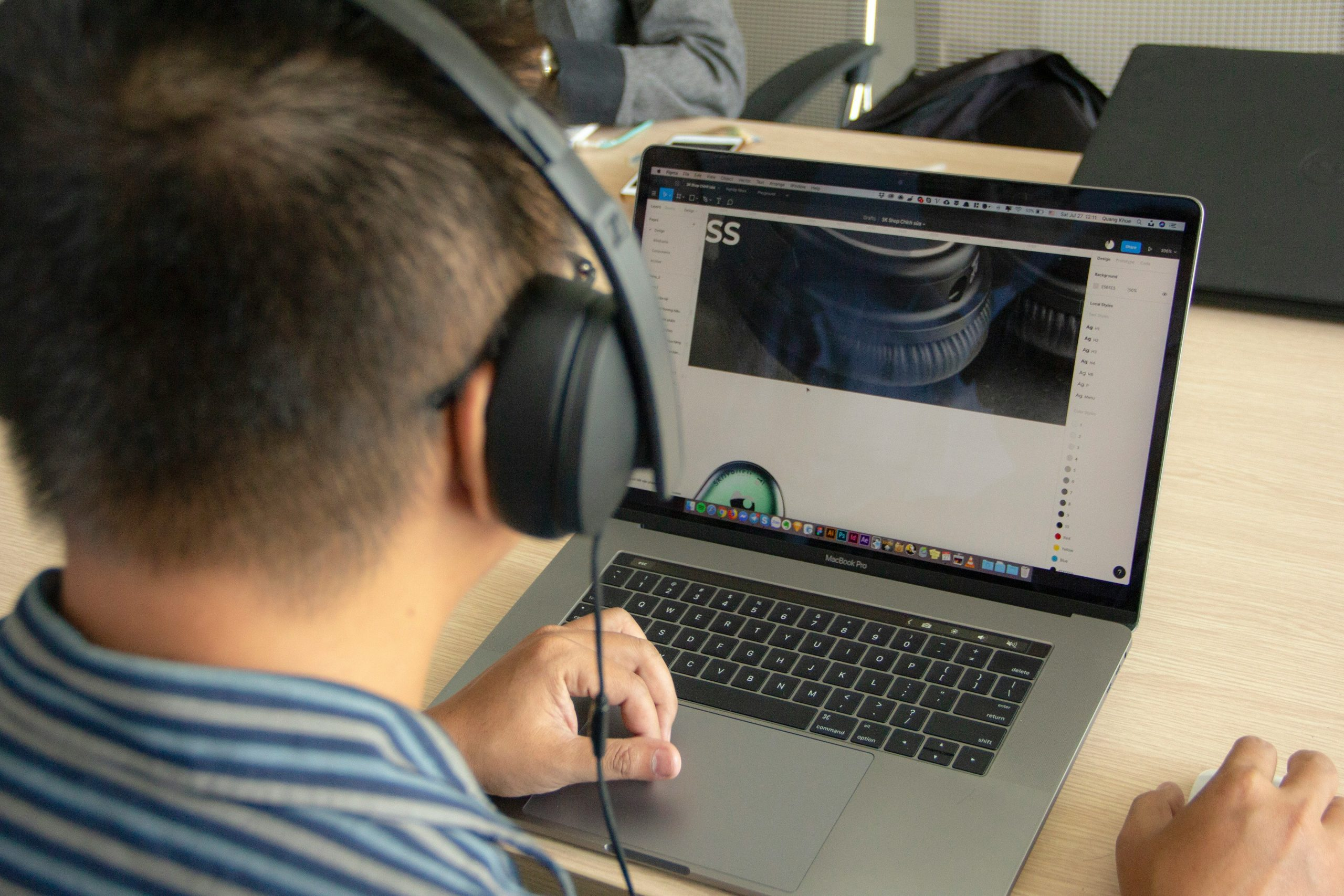Equity in Online Classrooms: Bridging the Digital Divide
With the rise of online education and the increasing reliance on technology for learning, the term “digital divide” has never been more relevant. This divide refers to the gap between those who have access to technology and the internet and those who do not. While this issue has been a subject of discussion for years, the recent shift to online classrooms has magnified its impact. The lack of equitable access to technology and the internet has only widened the gap between students, creating a major challenge for educators. In this article, we will explore the concept of equity in online classrooms and how we can bridge the digital divide to ensure equal opportunities for all students.
The Importance of Equity in Online Classrooms
Equity in education is the principle of ensuring that all students have equal access to resources, opportunities, and support to reach their full potential. In traditional classrooms, this means providing students with the same textbooks, materials, and teaching methods. However, in the digital age, equity goes beyond physical resources. It also encompasses access to technology and the internet, which have become essential for learning in online classrooms.
Unfortunately, not all students have the same level of access to technology and the internet. According to a 2019 report by the National Center for Education Statistics, only 66% of students have access to a computer and internet at home. This means that a significant portion of students is at a disadvantage compared to their peers when it comes to online learning. This is a major concern, especially now when many students are forced to rely solely on technology for their education.
The Impact of the Digital Divide on Students
The lack of equitable access to technology and the internet has a significant impact on students, both academically and psychologically. Not having a computer or reliable internet at home means that students cannot participate in online classes, complete assignments, or access educational resources. This not only affects their academic progress but also their self-esteem and motivation. Students who do not have the means to keep up with their peers may feel left behind and discouraged, leading to a decline in their overall performance.
Moreover, the digital divide also has a profound effect on students from marginalized communities, such as low-income families and rural areas. These students already face numerous challenges in their education, and the lack of access to technology only adds to their burden. This further widens the achievement gap between students from different backgrounds, making it more difficult to achieve equity in education.
Ways to Bridge the Digital Divide
As educators, it is our responsibility to ensure that all students have access to quality education, regardless of their background. Here are some ways we can bridge the digital divide and promote equity in online classrooms:
1. Providing Devices and Internet Access
One of the most effective ways to bridge the digital divide is by providing students with the necessary tools, such as laptops and internet access. This can be done through government or school-funded programs or by partnering with corporations that offer technology support to underserved communities. By providing students with devices and internet access, we can level the playing field and give every student an equal opportunity to learn.
2. Creating Alternative Learning Options
Not all students may have access to the same technology and internet speed. This can make it challenging for them to participate in online classes in real-time. To address this issue, educators can also provide alternative learning options, such as pre-recorded lectures and virtual office hours. These options can give students more flexibility in their learning, making it easier for them to catch up with their peers.
3. Educating Students on Digital Literacy
Equity in online classrooms also means providing students with the necessary skills to navigate the digital world. Educators should take the time to teach students about online safety, responsible internet use, and how to utilize technology for learning. By educating students on digital literacy, we can ensure that they have the skills to thrive in an online learning environment.
Conclusion
The digital divide is a significant challenge that hinders equity in online classrooms. As educators, it is our responsibility to bridge this divide and provide every student with equal opportunities to learn and succeed. By providing devices and internet access, creating alternative learning options, and educating students on digital literacy, we can bridge the gap and promote equity in education. Let us work together to build a more equitable and inclusive online learning environment for all students.










